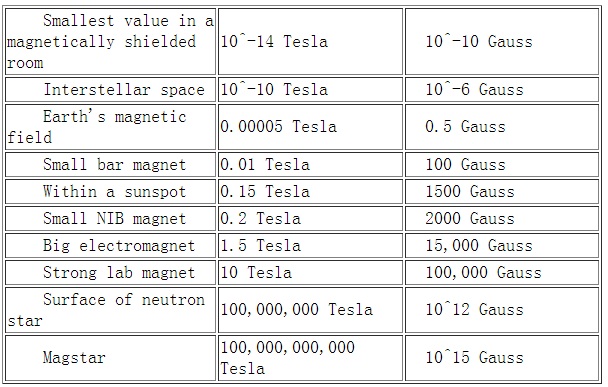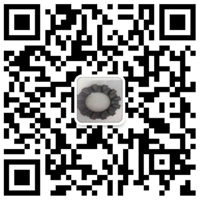Here is a rundown of how solid attractive fields can be:

What is a Tesla? It is an unit of attractive flux thickness. It is additionally identical to these different units:
1 Weber every square meter
10,000 Gauss (10 kilogauss)
10,000 attractive field lines every square centimeter
65,000 attractive field lines every square creep.
Presently, 1gauss is around 6.5 attractive field lines every square creep.
In the event that you put the tip of your pointer to the tip of your thumb, encasing give or take 1 square crawl, four attractive field lines would pass through that opening because of the world's attractive field!
Measuring the quality of magnets
1. Lobby Effect Devices
A Hall-impact gadget is a bit of material which is influenced by an attractive field,by passing a consistent measure of present through it in one bearing, and by setting it in an attractive field in an alternate heading, we can gauge a voltage crosswise over it in the third course. This voltage is relative to the quality of the attractive field. This can be adjusted to give a certain mv change to each Gauss of attractive field. This impact was found by Edwin Hall in 1917. The materials regularly utilized today as a part of these gadgets are indium arsenide or gallium arsenide. There are additionally superconducting gadgets which can quantify minute attractive fields, called SQUIDS.
2. Paper clips
On the off chance that you don't have an approach to construct a gaussmeter or magnetometer to quantify the quality of the attractive flux thickness of a magnet, then what else would you be able to do? Attempt this.
1. Tally what number of paperclips or staples you can append end to end from the north post to the south shaft.
2. Tally what number of paperclips or staples you can append to one of the magnet's posts.
3. Have a huge heap of paperclips or staples on the table and number what number of will adhere to the magnet, on top of its surface.
4. Have a huge heap of little (1 to 4mm in width, or 1/32 to 1/8" breadth) steel metal balls or BB's in a plastic compartment, and tally what number of will adhere to the magnet after you put the magnet into the center of the heap and attempt to totally cover it with the Bb's. Uproot the magnet all secured with Bb's, and take it to an alternate plastic holder to draw off and check the quantity of BB's that the magnet had the capacity pull in to itself.




 Copyright © 2016 Shenzhen City Ri Shengchang Magnet Technology Co., Ltd All Rights Reserved.
Copyright © 2016 Shenzhen City Ri Shengchang Magnet Technology Co., Ltd All Rights Reserved.